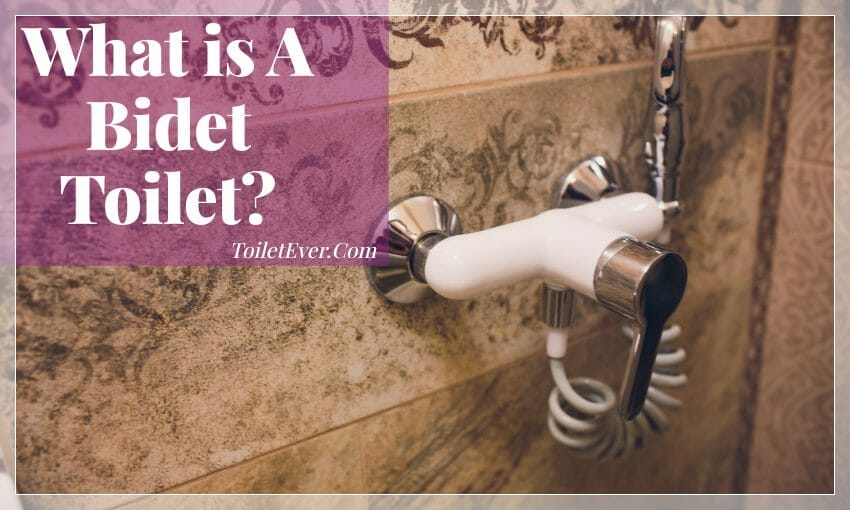
Do you know what is a bidet toilet?
A bidet is a toilet that has a built-in water sprayer for cleansing the anal and genital areas. It can be used to wash away feces and urine after using the toilet.
In addition, it can also be used for washing private parts after urinating or menstruating. The bidet typically includes an electronic seat heated to body temperature. A nozzle that sprays warm water up into the anus area, and controls (typically on both sides). Such as buttons for changing nozzle position either front or backside. And control of water pressure from high to low or off.
An electric dryer with adjustable airflow settings between hot air and cold air or just warm air alone. Soap dispensers are not usually included but may be added by the user. A bidet is a basin that uses water for cleaning instead of toilet paper, which can use less water and cause fewer clogs than in a conventional toilet because waste material does not stay on the surface as long before being flushed away.
Bidets are an Eastern invention designed to remove bacteria from human skin after going to the bathroom – they were invented in France during World War II when there was limited availability of soaps due to wartime shortages (source).
How Often Should I Clean My Bidet?
Most people recommend washing your hands or wiping yourself with wet wipes first before touching any part of your body care device such as your skin, hair, or nail polish; it’s also recommended you wash these surfaces twice every day.
A bidet should be cleaned every day with soap and water. If you’re not using your device regularly, it might need to be cleaned even more often; this is especially true if the person will soon use the bathroom again after being away for some time or when many people are nearby of each other.
If someone has an open wound they could introduce bacteria into their body care device which can lead to infection since fecal matter may have been introduced into that area as well. The same applies to skin infections such as impetigo or boils.
You shouldn’t clean any part of what makes up your toilet seat unless you know exactly what material it is constructed from and how best to do so (exceptions would be if you have a plastic cover that can easily come off by hand).
To clean the bidet, first look for an on-off switch. This will allow you to turn it off and then verify what type of water system your toilet uses (some use gravity fed cold water while others may require more complicated systems) so that you don’t damage any components in what makes up your toilet seat such as chrome plating or finish.
Assemble all the tools required before turning back on the power: bucket with warm water, disinfectant wipes/spray, dry cloths. Next start cleaning from outside towards inside using small circular motions around each area ensuring everything is left dripping wet but not soaking wet – this prevents streaks and ensures bacteria is killed.
Next, use a dry cloth to wipe the entire area down and ensure it is completely dry before using your hands or any other object in an attempt to test its functionality. Finally, you may want to re-attach what was removed from under the lid when cleaning – this will help prevent potential leaks that can get expensive if not repaired quickly!
Now take a moment for yourself with your newfound knowledge of bidet toilets!
And don’t forget: always follow the manufacturer’s instructions on how best to clean these devices (some require electronic components such as power cords).
Conclusion
So now you know the answer to what is a bidet toilet. It is just like any other bathroom fixture, but it cleans you from behind! Bidets are easy to use and even have features such as warm water that can wash away fecal matter for those who suffer from hemorrhoids or constipation. They’re also more environmentally friendly than using paper because they don’t require water or energy usage. If your home doesn’t currently have one of these futuristic devices installed yet, maybe today will be the day!
